Monday, June 18, 2018
“The Terror to be a Magician”: Laurel Ann Bogen’s Metaurban Self-Portraits in Psychosis in the Produce Department
Midway through the second decade of the 21st century, American poetry written and published in the first decades of the Cold War has rapidly receded into movements or schools, such as the Beats or Confessional poetry, in which the best known examples seem to isolate themselves into a distant cul-de-sac. Indeed, the current century’s difficulties in accommodating the rapid oscillations of post-modernity have relentlessly enlarged the gap between mid-20th century poetry and contemporary verse. Literary criticism itself is largely responsible for generating this disenabling fiction in which a limited set of canonical writers in the Confessional school, born before the end of World War II, has become a self-enclosed pantheon that precludes their successors from redefining the legacy of that school’s poetic progeny.
The Confessional school is often presented as a closed case; actually, not just a closed case, but as a kind of minor sub-plot within post-modern poetry that does merit having a single anthology dedicated to its practitioners. Given the abundance of anthologies that manage to plump out volumes on comparatively smaller subsets, such as feminist avant-garde poetry, this aporia is extraordinarily puzzling, especially given how many of Confessionalism’s first generation have found their way into anthologies during the past thirty years. The assiduous campaign against this school’s alleged limitations seems to have been successful in confining its success to its mid-century insurrection against academic poetry dominated by New Criticism.
This widespread dismissal has genuine consequences, especially for poets on the West Coast who have chosen to work at least some of the time within the Confessional milieu. Even though Laurel Ann Bogen’s Psychosis in the Produce Department was published well over two years ago by Red Hen Press, I have not been able to locate any reviews whatsoever of it. The neglect would seem in part to be due to the discomfort that Confessional poetry still manages to generate. Stephen Burt, for example, notes that the “confessional model has become so predictable …. that it has become something many sophisticated poets and critics avoid or even disparage.” Confessional poetry in recent years, however, is no more predictable than Beat or Language or Feminist poetry; rather, it is the imagined template of sophisticated critics that is predictable.
Before considering Bogen’s volume of poems, therefore, let us examine the template of Confessional poetry that has become fixated in critics’ views as overly predictable. The confessional poem, according to Burt, derives from a quartet of suppositions, including its self-reflective performance as “part cri de Coeur and part diary; it draws contrasts between present and past self; its lack of obvious structural constraints connotes speech from the heart; and it deploys post-Freudian claims about generational succession, sexual attraction, or gender identity … as central to what and how we know and feel.” Nor is Burt alone in this assessment by contemporary critics. As seen in Miranda Sherwin’s preference for “psychoanalytic poetics” over Helen Vender’s term “Freudian lyric,” the general consensus in framing confessional poetry is to assign it a default mechanism of mental crisis, instability, and psychic redemption.
It is the second item in Burt’s checklist that I want to call particular attention to at this point, for it rather sloppily attempts to square the circle of personal consciousness. The “self” that Burt invokes in regards to confessional poetry is not subjected in his account to any interrogation whatsoever, let alone the kind of layered distinctions he makes in examining Terrance Hayes’s poetry. In Hayes’s case, the self becomes inherently deserving of post-modernist critique: “Is the self (whatever that means) a performance? What makes for a good performance, or an authentic one (what that means)? Such questions have generated enough recent scholarly books to weigh down an ocean liner, but they have proved hard to make into good poetry.” If so, these questions were not too hard for Terrance Hayes to take on with efficient playfulness, Burt would argue, and I would agree, but also add that so, too, have a number of poets working in the Confessional mode.
Furthermore, the uses of psychoanalysis and mythic figures as generative imaginative strategies for addressing emotional distress, vulnerability, and trauma are more widespread than has been critically acknowledged. While Bogen’s writing has been primarily categorized as belonging to the “stand up school,” as defined by Charles Harper Webb, her poetry is also an intriguing instance of the hidden heterogeneity of more recent practitioners of the Confessional School. It is in the ways that her poetry goes beyond the Confessional that we will find its most appealing value, though it is in being a permutation that it derives the primary impetus for its longevity.
Within the original poetic domain, Bogen’s title for her most comprehensive collection of poems, Psychosis in the Produce Department: New and Selected Poems 1975 2015 steps on stage with the casual confidence that a mature actress has exuded ever since she was a demurely witty, droll ingénue. As her title suggests, the intensity of mental breakdowns careers throughout the selection. Echoing rather deliberately the psychological travail of the narrator in Allen Ginsberg’s “With Walt Whitman in the Supermarket,” the easy way to categorize Bogen would be to consign her to the confessional bracket, and the book’s title rather flamboyantly – almost flippantly – announces the ordinariness of this debilitating mental condition. Even in the midst of plenty, the title suggests, one can easily dissolve into a state of acute mental distress.
Indeed, there are more than a sufficient number of poems in Psychosis in the Produce Department to stamp Bogen’s union card in the Confessional School. Titles such as “27 Years of Madness,” “The Power Lines Are Down,” “Vulnerable Street,” “Bones Dig This Dream,” “cold cold cold,” “Spankings I’ve Known,” “Doppelganger Redux,” “Guilt,” “I Eat Lunch with a Schizophrenic,” and the mordantly witty “The Virginia Woolf Guide to Rock Collecting” all intimate a coruscating set of self-portrait canvases. However, if a vulnerable candor underscores Bogen’s free verse lyricism, it entails a more rigorous imagination that one might expect from the confessional impetus. In a poem from the 1970s, she confronts the seductive ministrations of institutional psychiatry:
The hospitals were clever
They said: you have the gift
why do you want to destroy it?
And I will tell you now
it is not a gift
to know that words are not your own
to know you can produce
a prism from nothingness
it is a terror to be a magician
The dispossession of words, in this instance, is not meant to serve as a swift detour to the confrontation with language as it has played out in various avant-garde guises since the early 1970s. Rather, it is paradox and metaphor that Bogen summons as emotional states of consciousness aligned with that supreme emotion, surprise, without which all over emotions lose their internal momentum. To be a magician is to have the capacity to conjure both presence and absence.
In Bogen’s vision of the social identity of a poet, this polar paradox of affirmation and negation – “words are not your own” // “ a prism from nothingness” – goes to an extremity of absence-presence in “Live Steam at 8:40 a.m.”:
In this poem there are no words
all language has stopped
but the pumps boil
live steam
live team
live steam at 8:45
Heart poach / we rip at skin
alone and without noise
to get at the beat
the color
and where the words are
but this is a poem
where there are no words
and all the colors are extinct
rising like steam
that hisses in our throats
like wordless lies
In this poem the words sizzle
and evaporate
in this poem the words rise crazy
In this poem ourbodies ache
our fingers can nurder us
but even though we fear death
we offer ourselves to each other
as if the muscle and breath
of our bodies can also heal
This poem cradles in its palm
those things that cannot be said
It asks that you touch this page.
The deictic accentuation of “Live Steam at 8:45 a.m.” is far from the only poem in Psychosis in the Produce Department that pushes through the familiar boundaries of Confessional poetry and suggests that other discourses are at work, including the performative self-transformation of an imagined self within a specific urban environment. Among the poets who both live in Los Angeles and frequently perform their poems in a manner befitting the city’s flaunted ambiance, Laurel Ann Bogen stands out for the profuse invocation of her milieu as a trampoline for metaphors. It is the city’s incandescent awareness of itself as the producer of the individual’s theatricality that gives her poems a haunting plasticity. As in the case of that expert witness of flaneurship, J. Alfred Prufrock, Bogen is on very familiar terms with the significant role that fantasy plays in reassuring one’s fallibility, and how the dialogue between absence and presence coils and recoils; the erasure of intimate revelation by a voice “at home in the shadows” continuously palpitates in her poems.
In whose dreams will these stars shimmer
100 light years from now?
Their blown-up images snipped
of imperfections – the errant mole,
an ingrown hair, when paste
does not pass for diamonds.
Confined by fame, Pilates and exfoliation,
tucked in canyons, behind gated walls,
some corner the market on chihauhuas
others collect bags of kudos.
They tell me Rodeo Drive is a state of mind.
As for mine,
it skims along
Hollywood Boulevard like a chauffeur.
From the back seat
I hear my voice
at home in the shadows –
I don’t want to sleep yet, Bogen,
Drive.
I can see and not be seen – invisible to a world
in which I was born. Now you see
me, now you don’t.
If the first half of the poem critiques both the illusions of immortality and the limitations of rewards and public recognition, the second half savors both the self-determined control and the pleasure of evasion. The poem anticipates the sleep that will bring dreams that are no more than “a state of mind.” The iconic street itself, with all its quotidian tawdriness, promises a more substantial cinematic arousal in which the narrator can embolden one’s imaginary biography. If Bogen’s poems concern themselves with the resilient vulnerability of her self-consciousness, they do so with a deliberate display of the consequences to the singular identity.
Funny how failure and falling
sound alike – the firings failing
and falling pling pling pling
in my brain
my managed care brain
my climate control brain
That fiction and fission
sound alike is funny
this friction and fiction
sound alike, ha-ha.
The final two parts of this eight part poem both point to the endless present tense of self-portrait work in an epiphora of apparent singularity.
The friction of my life
against my life is my life.
The fission of my life
despite my life is my life.
The singularity of “my life” is deceptive, though, for it is always already splitting into the fissures of other lives and other imagined roles, including that of the quintessential Los Angeles figure, the private detective, or as Bogen stamps her calling card: L.A. Bogen, Detective Supremo:
My very name
rolls on the tongue
like an apertif
or a recalled cheese
an open parenthesis of mayhem
on the make
in the sulky afternoon
of Los Angeles
The “private surveillance” she offers the reader, however, is that of the guidance that leads to unexpected encounters:
And suddenly
the bougainvillea greet you
like a happy extortionist
and it’s Cinco de Mayo
everywhere you look
as I melt into crowds
just one step behind you.
In this instance, the poet enables the reader to see the possibility of reconciliation between the self and the things of the world. The bougainvillea’s audacity is that it demands we surrender the “cherished image” that the “hardened arm” so deliberately clings to and experience the flowering in and of itself as the holiday of independence from self-dependency. It is not “crowds” of people that the Detective Supremo flows into, but crowds of meaning.
Perhaps the most surprising aspect of this collection is the number of poems that have little to do with any personal crisis. Bogen’s ability to distance herself as the author or even the protagonist of the poems would seem to run counter to Confessional poetry’s privileging of the first person pronoun. Indeed, even though there is a steady undercurrent / groundswell of references to the typical topics of confessional poetry such as guilt, corporal punishment, suicide, etc., Bogen’s poetry uses these topics as a means of grounding the transformation she has yearned for all the while, a transformation that can only be fully accounted for and comprehended if one embeds Confessional poetry within the discourse of the feminist poetry of the 1970s.
In thinking of the development of feminist awareness in the 1970s, when Bogen was first writing, publishing, and reading her poems in public, one must remember that group activities such as consciousness-raising were an important – indeed, crucial – ritual in breaking free of patriarchal domination. To read poets, born after World War II, who aligned themselves with the Confessional movement without emphasizing a feminist context is to oversimplify their literary project. As Alan Williamson has pointed out, “confessional poetry – almost from the moment that unfortunate term was coined – has been the whipping boy of a half a dozen newer schools.” Or instead of “whipping boy,” should we say “nasty woman,” which might clarify that point of the attacks on confessional poetry. Feminist poetry was the single area of poetic activity in the 1970s, but in poetry’s politics, it would not have been acceptable to cast aspersions on feminist agency. Dismissals of confessional poetry, however, were far more palatable, and accomplished a severance of the links between confessional and feminist, thereby reducing the power of continuity within the critical discourse.
In a poem such as “I Dream the Light of Reason II,” Bogen demonstrates that her confessional poetry has not confined her imagination to the genre of memoir-in-verse. As if dealing from a deck of cards to a table full of patriarchal gamblers, each face card demands to be played, “as it lays.”
The Reasonable Woman is a hope chest, a locked cabinet.
The Reasonable Woman is pleasant enough.
The Reasonable Woman is the converse of sex.
The Reasonable Woman is a durable good, a sound diagnosis.
The Reasonable Woman is a subordinate clause.
The Reasonable Woman is childproof, although Heidi is already up to her knee.
The Reasonable Woman is a skillet, a war bond.
The Reasonable Woman is a fugue heard on the intercom.
The Reasonable Woman is a graph of stock options, the percentage of return.
The Reasonable Woman is open to suggestion.
The Reasonable Woman is a string bean, a cauliflower, a field of potatoes.
The Reasonable Woman is a packet of Alka-Seltzer in the Accounts Payable file.
The Reasonable Woman is considering bankruptcy.
The Reasonable Woman is a stacked heel, a running shoe.
The Reasonable Woman is a pair of pantyhose in the bathroom sink.
The Reasonable Woman is fat free.
The Reasonable Woman is a shadow of herself.
Why would The Reasonable Woman become unreasonable?
Bogen’s sardonic titular character enumerates the options and expectations imposed on women as a collage list of grievances and conditions that can have but one outcome. To be “unreasonable” would be to make herself the primary clause of a sentence; it would mean that self-definition takes place in a social economy activated by a contract not dependent on war bonds, stock options, and the economic repression of bankruptcy.
The remote chance of success in this metamorphosis has been obvious from the start of Bogen’s calculations. In an early poem from the late 1970s, “The Disappearing Act,” the anonymous female narrator admits that:
women are such fools
I am like those fools
with my shackled independence
tunnel vision
of soiled diapers
and dishes
For this narrator, the choice to become otherwise will require the capacity to laugh at the outcome in choosing to be an author:
a pen to save me from the cold
my wits
forced autonomy
Yes, there is something to be said for farce
Nevertheless, Bogen reminds us of the power within each person’s grasp to confront these velleities and use the symbolic power she invokes in “The Red Pencil” and to start anew, even if crossing that boundary requires the surrender of everything marked with inextricable sentiment:
My fingers still close
around red pencils
still move blindly
across paper
canceling time and recrimination
like an exile returning without baggage.
Bogen’s poetry is unlikely to get the full measure of attention it deserves, but that could easily be said of a thousand working poets in this country right now. That it will not receive even a minimally sufficient recognition is more dismaying. Nevertheless, the work will find its own intriguing path in the years to come. Bogen has produced a body of work over a forty year period that has a vibrato of tonal consistency while being able to look into more than the mirror of her own self-consciousness, and the poems taken as a whole shimmer on the tongue of a reader’s memory unlike any other aftertaste. The difficult trek of a mind and body at odds with each other resolves in a quiet advice:
The unopened gift is still a gift. It is given like a forecast or traffic report – backgound to common cash and carry or extraordinary good fortune. There’s a high pressure front ahead: A hand is offered.
Take it.
Bill Mohr / Summer, 2017 / Long Beach, CA
(Accepted for publication in Poetry Flash a year ago. Printed in my blog out of frustrated impatience.)
(Note: An earlier version of this review was presented as a paper at a panel on poetry organized by Steven Gould Axelrod at the PAMLA conference in Pasadema, CA, in October, 2016. My thanks to those who attended and made comments and suggestions.)
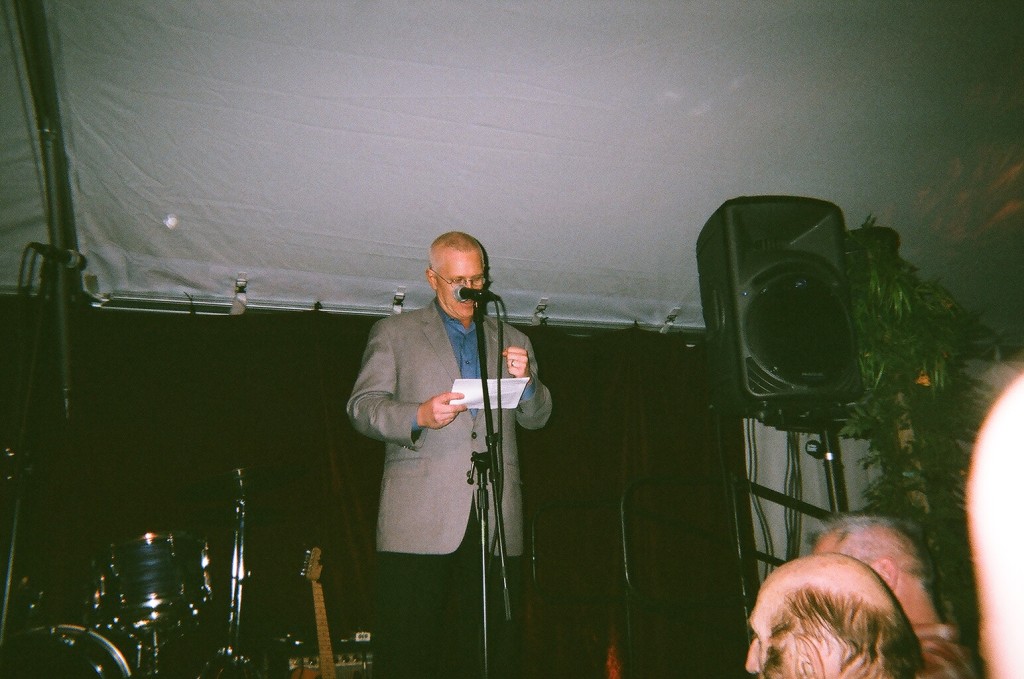
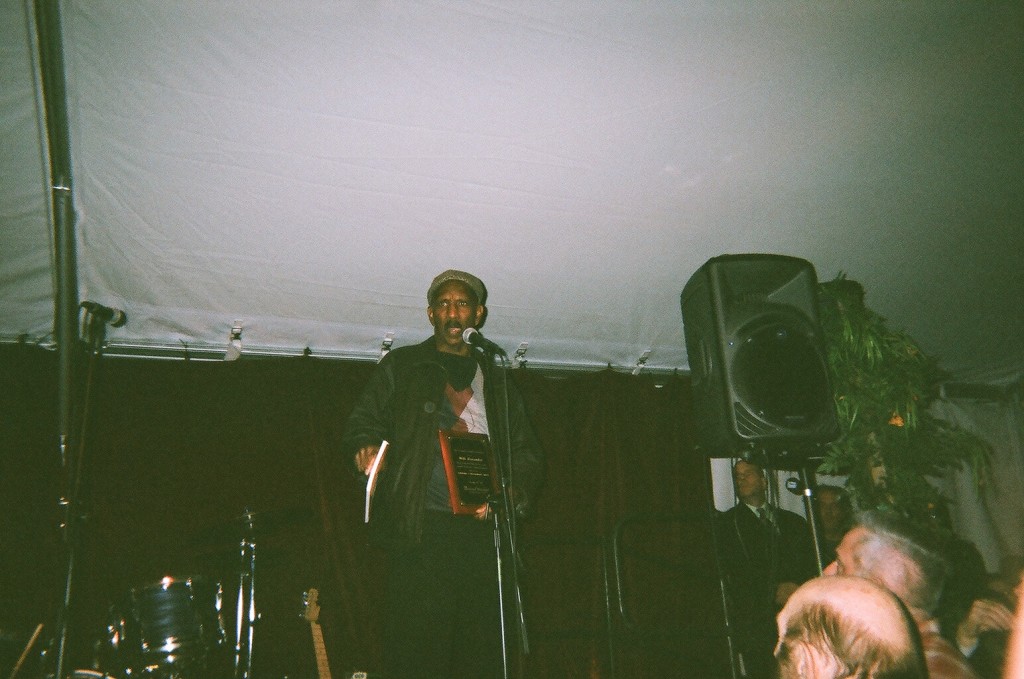
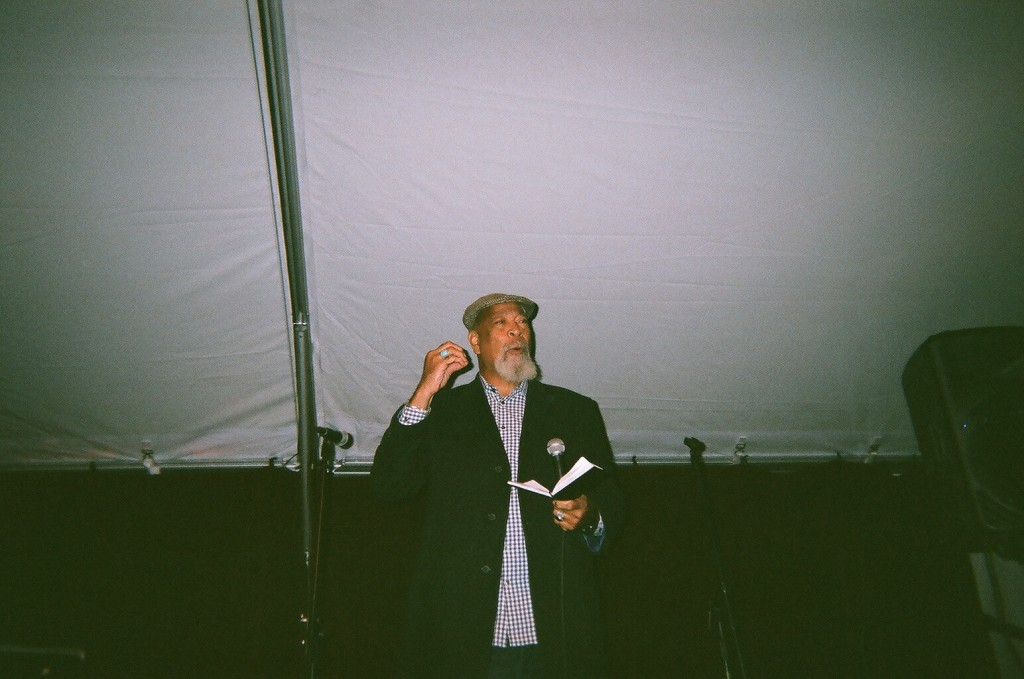
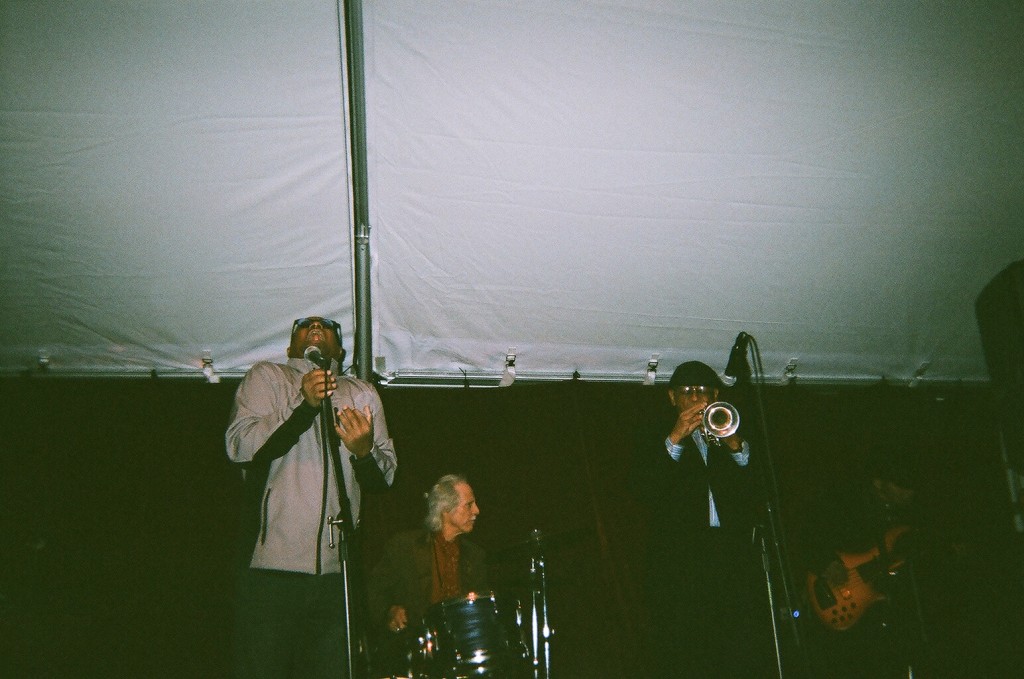
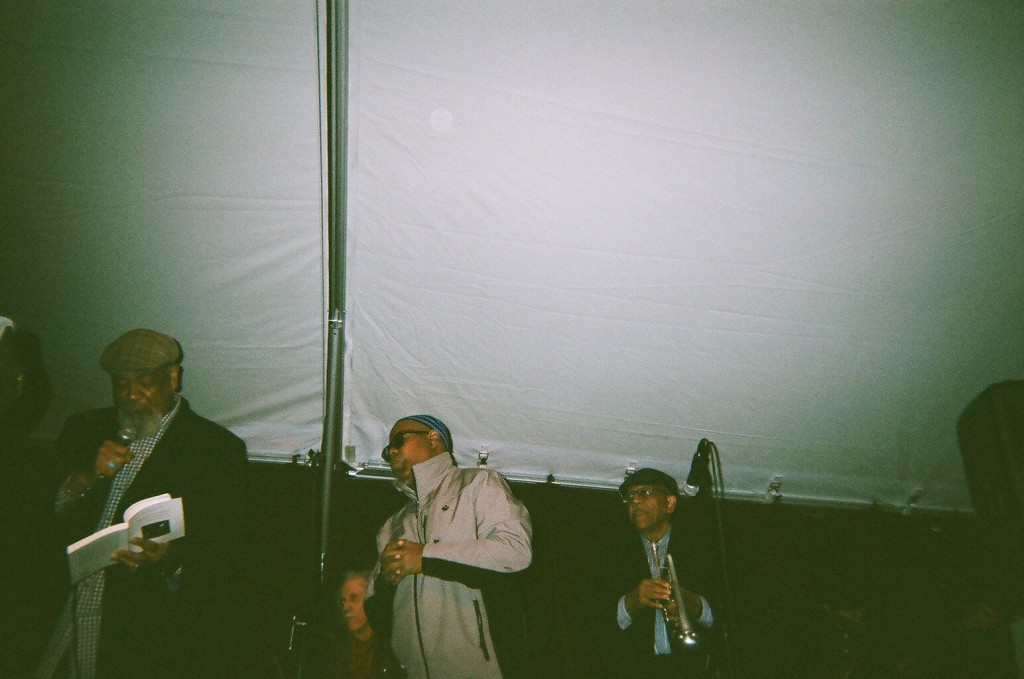
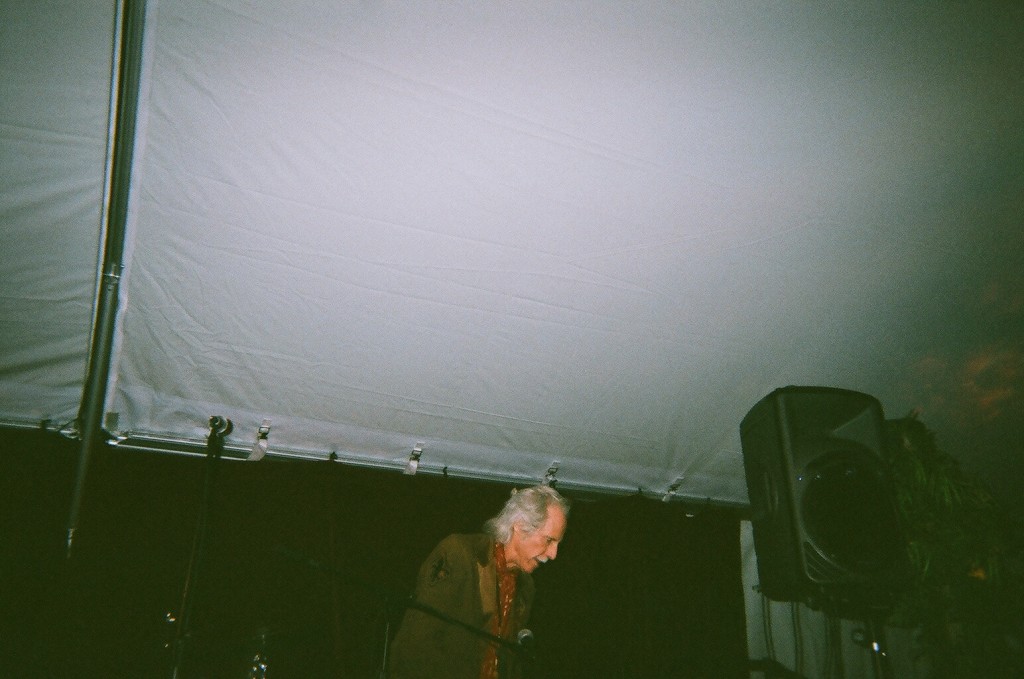
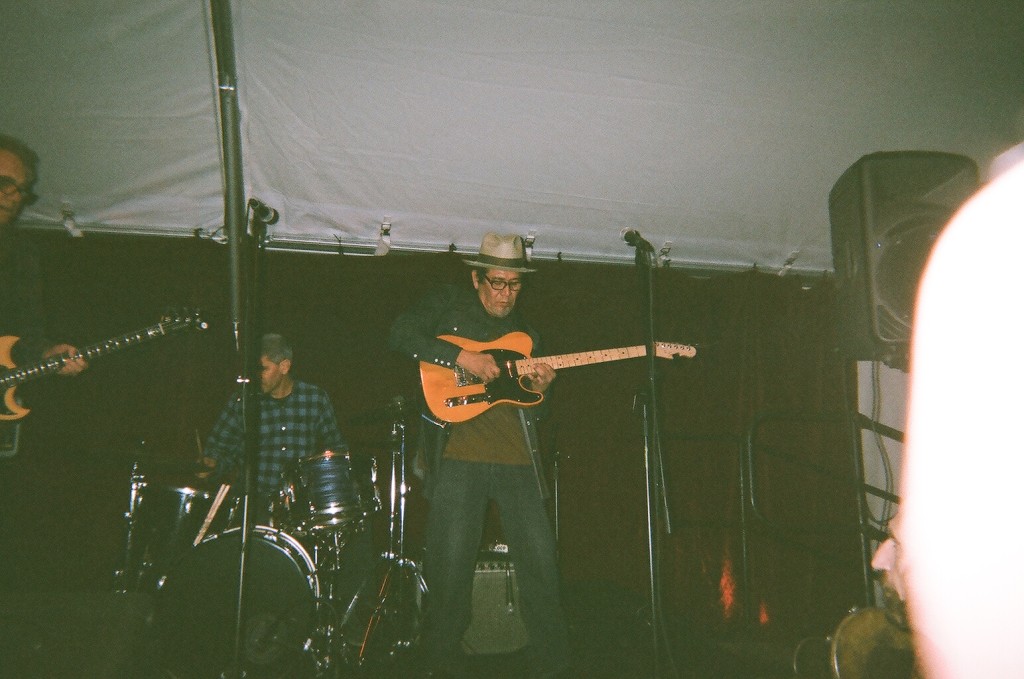
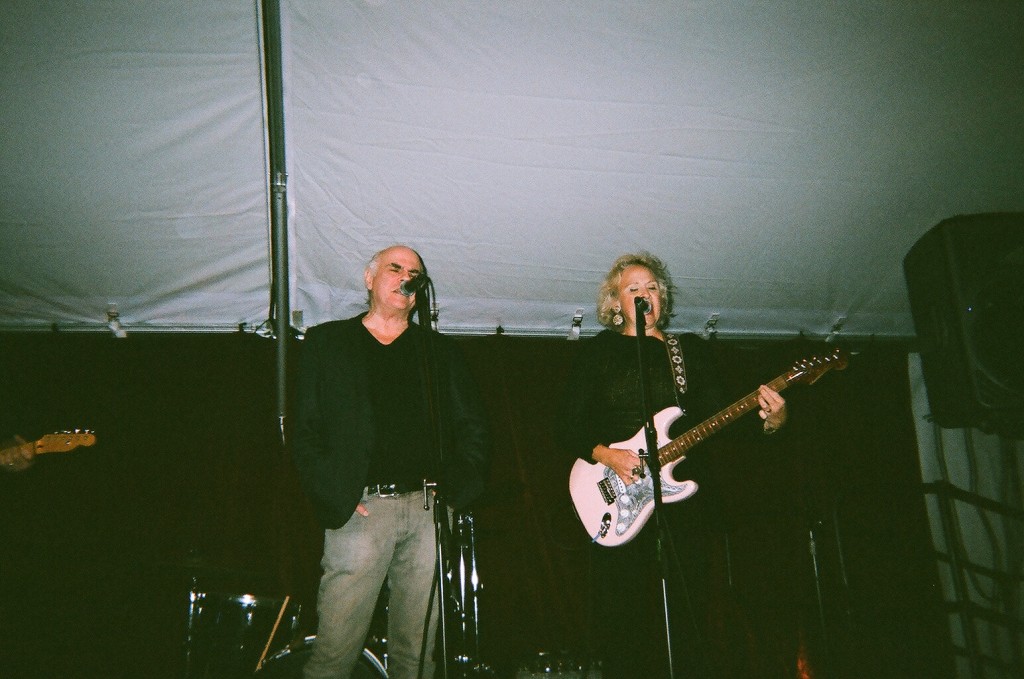
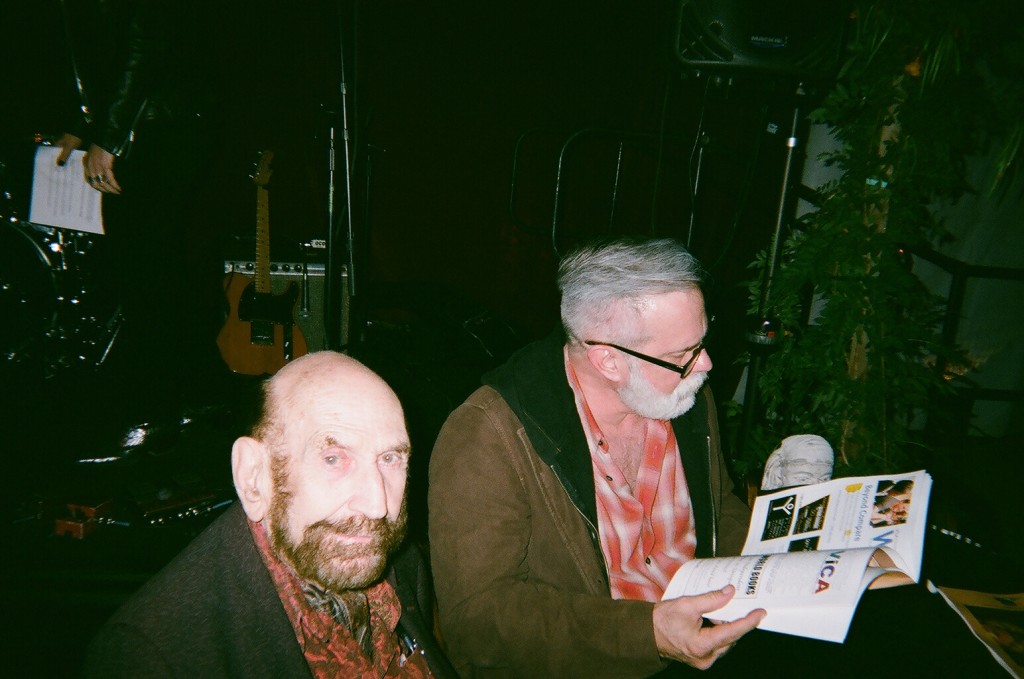
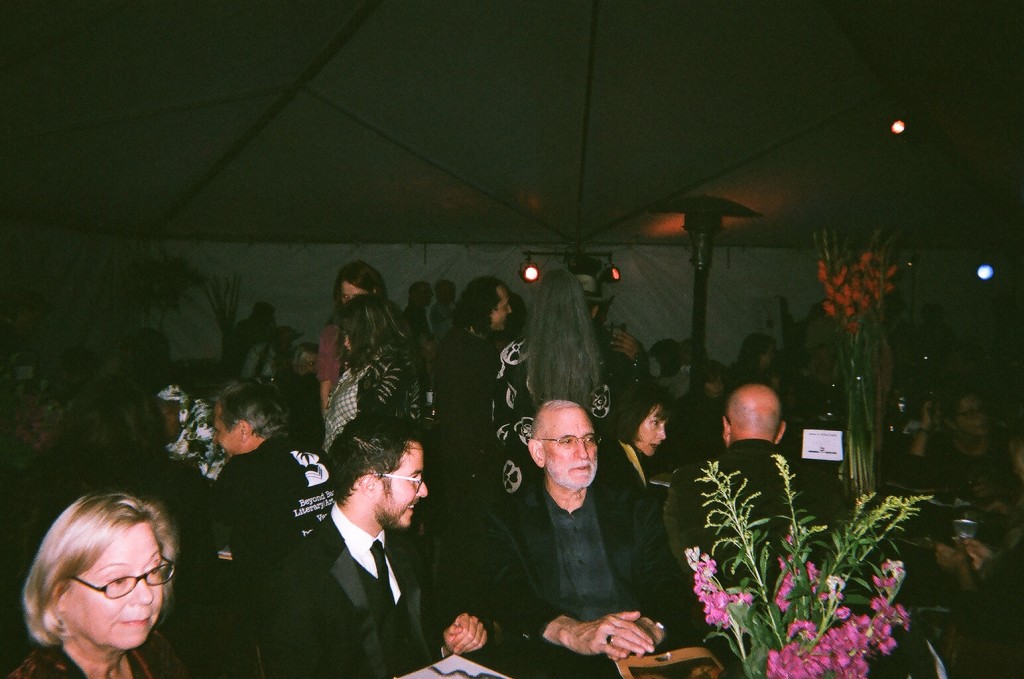
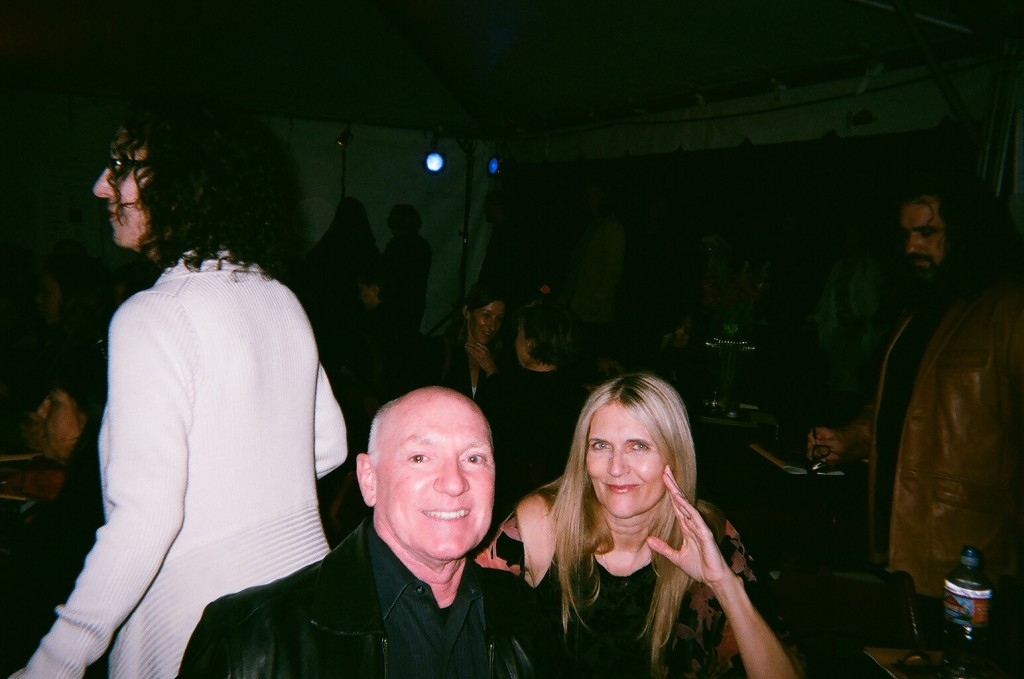
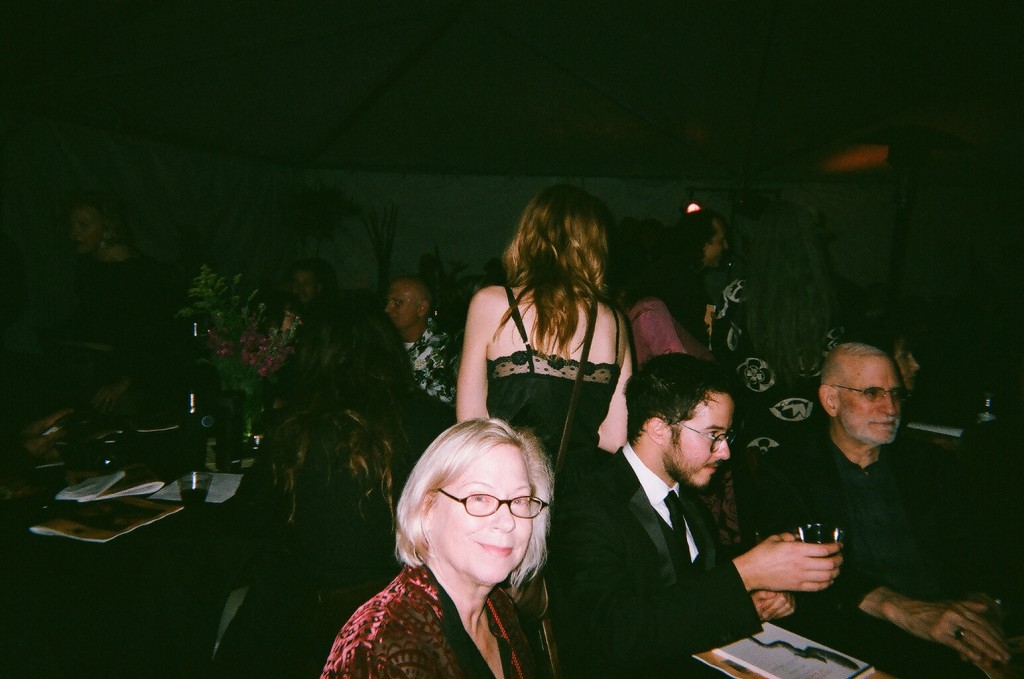
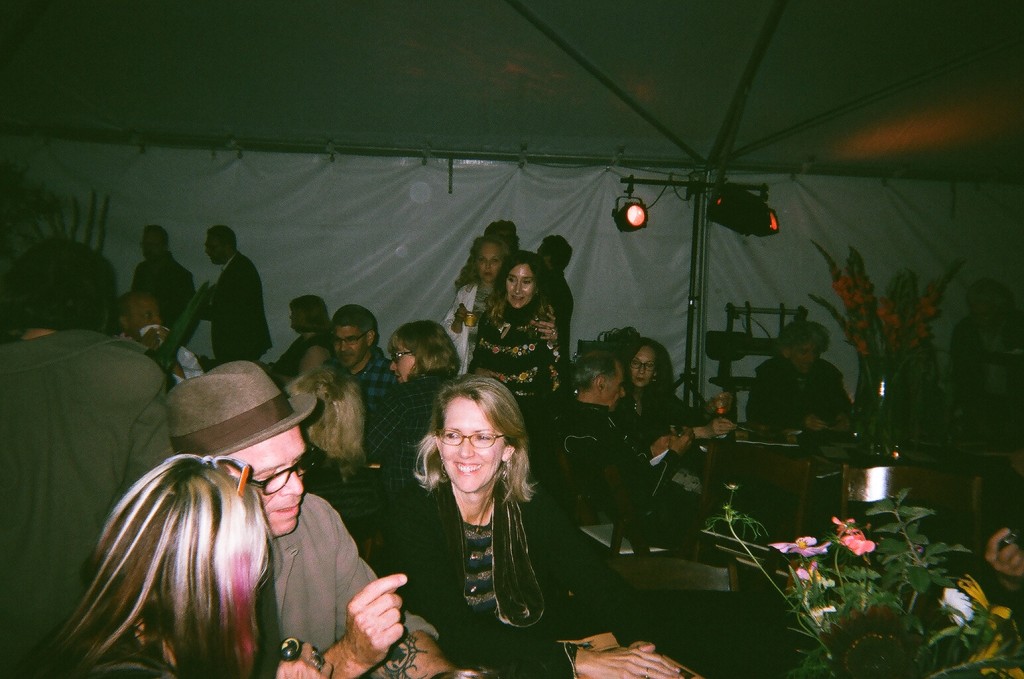



 About Bill Mohr
About Bill Mohr